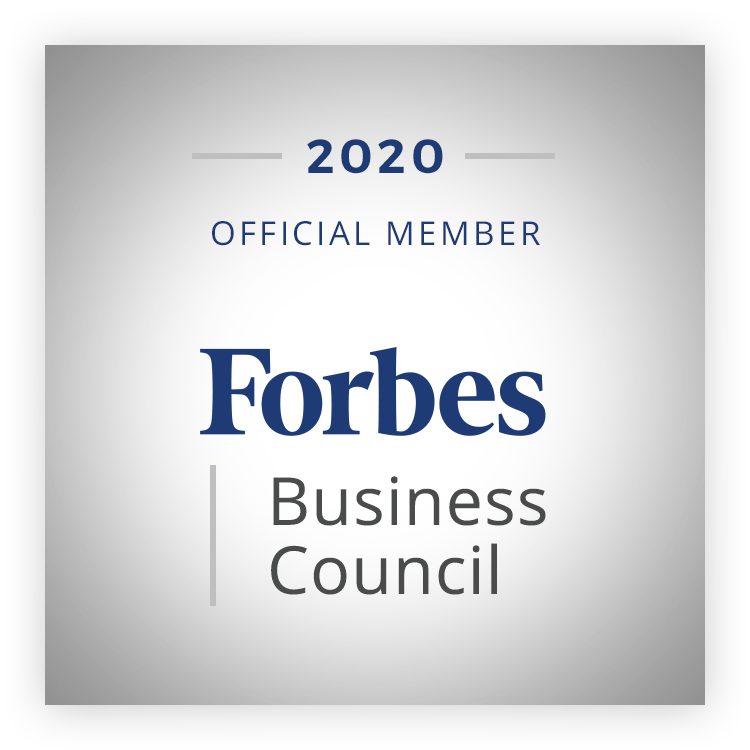Our Organizational Assessment

Want a quick read on your organization? Click here for a Mini-Version of our 360-Degree Organizational Assessment.
Most organizational assessments offered to businesses are limited in scope – focusing on people and culture, processes, OR tools. Our assessment tool is unique because it is HOLISTIC, covering ALL of the capabilities of an organization to give a complete 360-degree view of strengths and weaknesses.
Performance of an organization is not limited to any one capability or dimension. It is an interplay between people, process, systems, organizational structure, and business drivers. So, we collect multiple forms of data, both qualitative and quantitative across the organization. Combining it all, we draw insights on the cultural factors most affecting performance. As a result, the assessment gives us both a big picture and allows us to drill down into specific areas.
In order to reap the most value from an organizational assessment, however, a business needs to ACT on these insights. This action takes courage from leaders, along with the right support from change management consultants and internal champions. So, before deciding to conduct an organizational assessment, a leader should be clear on her goals and plan for taking action on the insights.
Measuring Feelings
“Feeeeeelings, nothing more than feelings………….”

Actually, there’s a lot more than feelings. Especially in the corporate world. There are milestones to be met, KPI’s to reach, money to be made, promotions to get, titles to earn, accolades to receive.
Yet, what if I told you that feelings contribute to most of these? Would you believe me?
At one of my client’s last year, I noticed within about a week of joining the workplace how unmotivated, dejected, and even resentful the employees were. For the last 2 years, they had been bombarded with constant changes in processes. Yet, they had very little understanding of the rationale for these changes, other than “leadership’s whims.” Also, they were working with substandard tools, despite numerous pleas to management to upgrade.
The lack of engagement was contagious, even to external business consultants on the team. I remember hearing another consultant tell me, “I’m not really incentivized to work harder than I am, so I don’t.” He would ask me everyday if I wanted to go out and get a drink during work!
It wasn’t that the pay was bad — it was actually above market. It was obvious that there was something else missing — a sense of respect. A sense that leadership is listening. A sense that leadership understands.
As you’ve figured out by now, employees(and customers) are not exactly robots(yet) that can be easily measured, understood, and served in a predictable fashion. They have all these complex wants and needs, motivations, objections, life experiences, perspectives — can’t they be more simple?
“How people feel” is becoming more and more of an important factor for businesses of all sizes. Because it’s getting harder for companies to subdue an unhappy employee, or customer, for that matter.
It’s also good news, though. How employees feel impacts things like how productive they are, how quickly they learn, how they impact the company culture, how they speak about their company to potential customers, etc. The list goes on. Which means, if you actually become an effective leader, you can empower your employees to the point of getting amazing, unprecedented returns.
Luckily, our organizational assessments are a sophisticated way of measuring feelings and being able to improve them, right away.
Gone are the days of the clunky, paper-based employee engagement survey that would get ignored by most. We now have new tools that can accelerate the journey of developing a healthy, more collaborative organizational culture.
“Mini”-Version of our 360-degree Organizational Assessment Below

